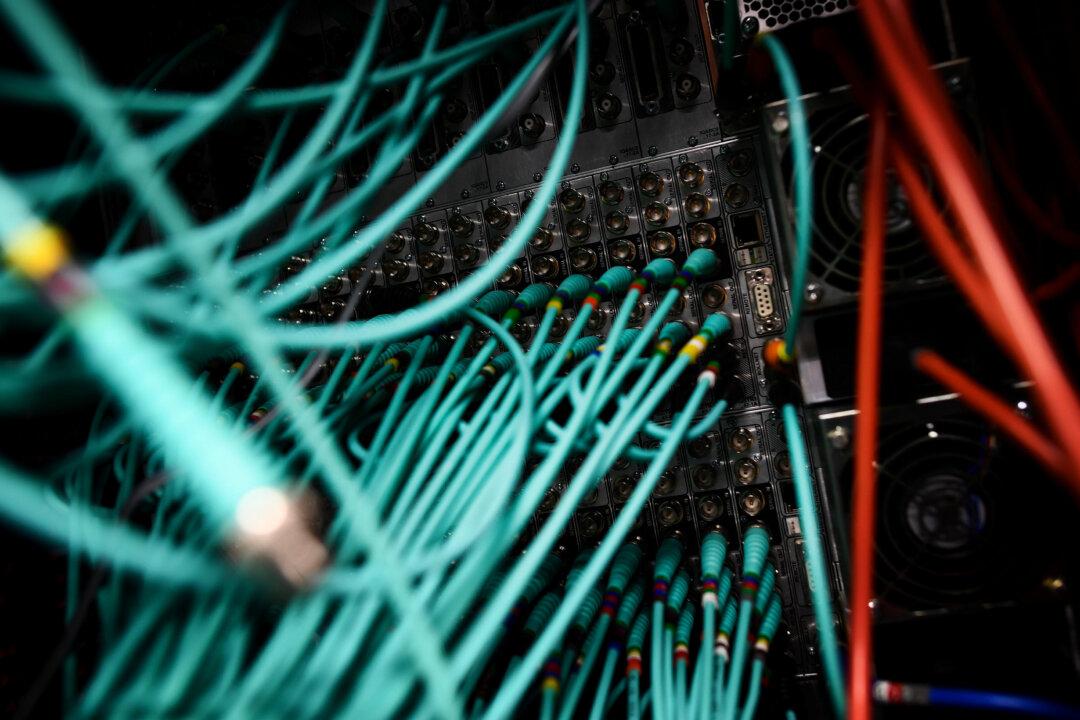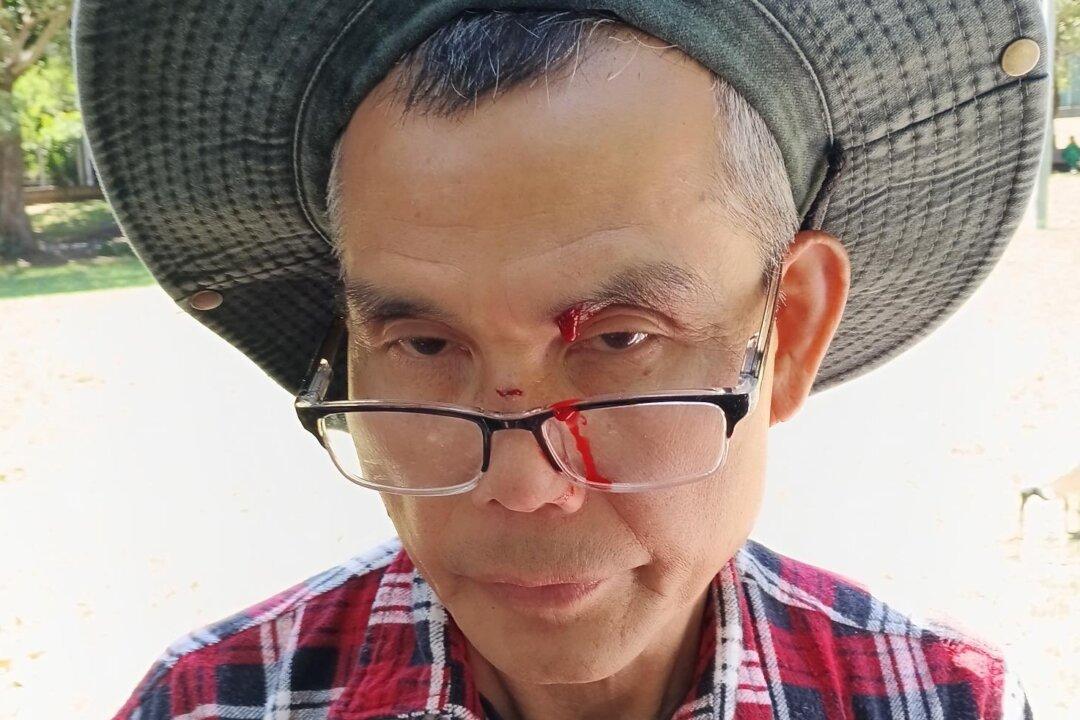An Australian entrepreneur has unveiled an ambitious countrywide, fibre-optic network that could open significant commercial opportunities and make Australia a hub for international undersea networks traversing the troubled Indo-Pacific region.
HyperOne is a AU$1.5 billion hyperscale, national fibre network that will stretch more than 20,000 kilometres across Australia, and achieve speeds of 10,000 terabits per second.





